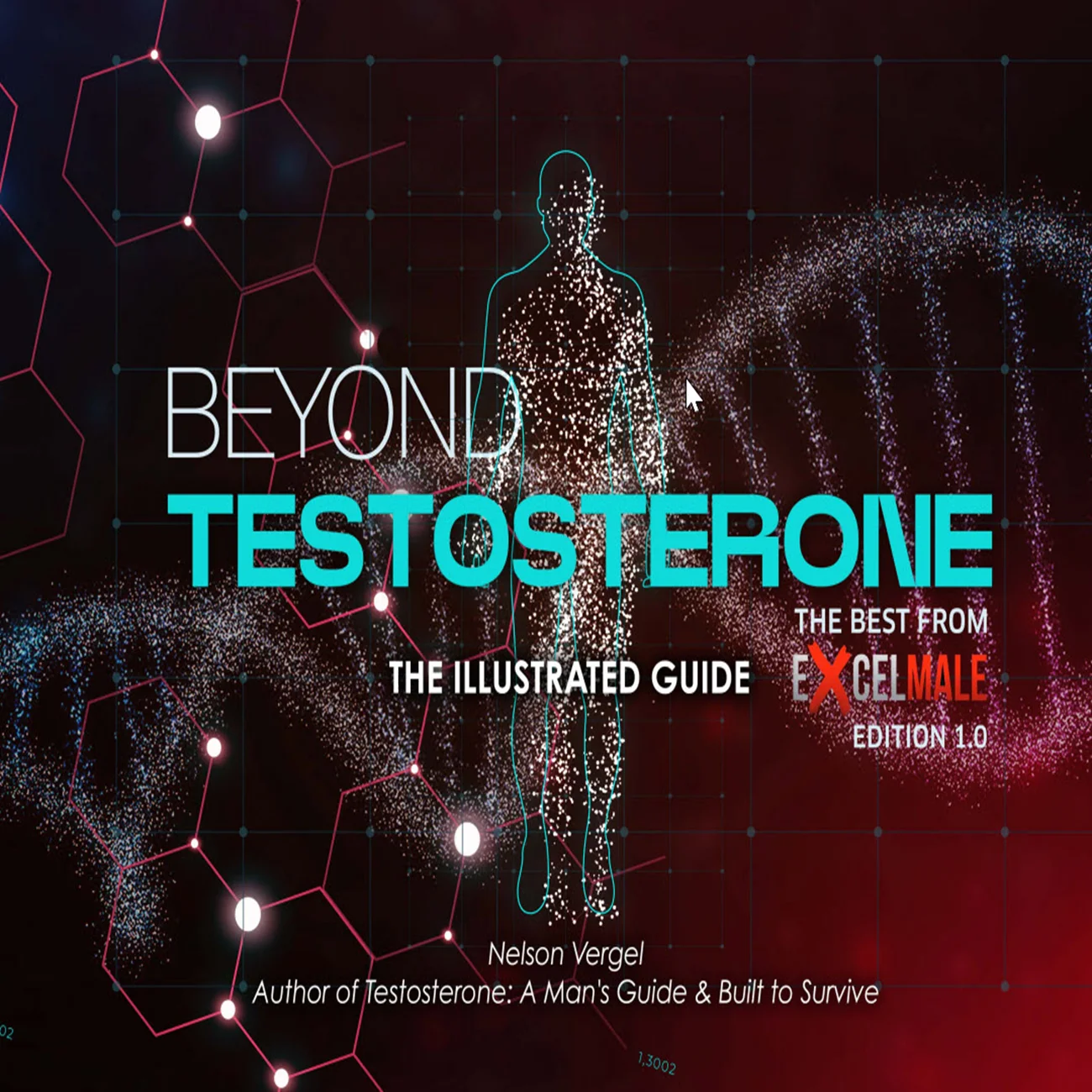madman
Super Moderator
* Shawn H. Zimberg, MD, National Director of Radiation Oncology Services at Solaris Health, in the news release.1 “Seeing these benefits persist for 4 years speaks to the durability of protection that the BioProtect Balloon Spacer provides in real-world treatment settings."

 www.urologytimes.com
www.urologytimes.com
The rectal spacer showed sustained preservation of bowel, urinary, and sexual quality of life through 4 years of follow-up.
Use of the BioProtect Balloon Spacer during prostate cancer radiation therapy led sustained preservation of bowel, urinary, and sexual quality of life through 4 years of follow-up, according to updated data from a pivotal, randomized trial of the spacer.1
Notably, the study also showed a statistically significant improvement in patient-reported sexual function among those who received the rectal spacer, making it the first of its kind to do so, according to BioProtect.
"These long-term results reinforce what we have seen clinically, that rectal spacing can have a meaningful and lasting effect on patients' day-to-day lives following radiation," said principal investigator Daniel Yeong-Jin Song, MD, professor of radiation oncology at Johns Hopkins University in Baltimore, Maryland, in the news release.1
These findings add on to previously reported safety and efficacy data from the trial, published in the International Journal of Radiation Oncology, Biology, Physics2 as well as quality-of-life data presented at the American Society for Radiation Oncology (ASTRO) 67th Annual Meeting in San Francisco, California.3 In total, the study included 164 patients with T1 to T3 prostate cancer. Participants were randomly assigned 2:1 to receive the BioProtect Balloon Spacer or to the control arm.
Previously reported data showed that the trial met its primary end point, with 97.9% of patients who received the balloon achieving a rectal V70 reduction greater than 25% (P < .001).2
The primary safety end point was also met, with fewer grade 1 or greater adverse events (AEs) reported among patients in the treatment arm. Specifically, 18% of patients who received the balloon vs 23% of patients in the control arm reported an AE (P < .001 for noninferiority). Further, 4.3% of patients in the treatment arm vs 6.5% of patients in the control arm reported a grade 2 or higher AE (P = .527).
Quality-of-life data from the trial were recently presented at ASTRO 2025.3 Data showed that at a median follow-up of 32.8 months, patients in the balloon arm experienced a lower incidence both grade 1 or higher (14.2% vs 29.5%; P < .01) and grade 2 or higher (6.9% vs 15.8%; P = .03) rectal toxicity. Patients in the treatment arm also demonstrated lower rates of grade 1 or higher (20.2% vs 42.4%; P < .01) and grade 2 or higher (10.6% vs 22.3%; P = .03) urinary toxicity. According to the authors, “Sexual toxicity trended lower but was not significant (grade ≥1, 12.9% vs 19.9%; P = .28; grade ≥2, 10.3% vs 14.7%; P = .49).”
The recently reported data, which assessed patient-reported outcomes through 48 months of follow-up, confirm the sustained preservation of quality-of-life.
"What stands out in this follow-up is the consistency of the quality-of-life results,” said co-investigator Shawn H. Zimberg, MD, National Director of Radiation Oncology Services at Solaris Health, in the news release.1 “Seeing these benefits persist for 4 years speaks to the durability of protection that the BioProtect Balloon Spacer provides in real-world treatment settings."
Key Takeaways
- The BioProtect Balloon Spacer significantly preserves bowel, urinary, and sexual quality of life in prostate cancer patients undergoing radiation therapy over four years.
- The study showed statistically significant improvements in patient-reported sexual function, marking a first for rectal spacers.
- The trial met primary endpoints, with reduced rectal V70 and fewer adverse events in the treatment arm compared to controls.
- Long-term data confirm the spacer's efficacy in reducing rectal and urinary toxicity, with consistent quality-of-life benefits observed over four years.

BioProtect Balloon Spacer shows sustained quality-of-life benefits in long-term study | Urology Times
The rectal spacer showed sustained preservation of bowel, urinary, and sexual quality of life through 4 years of follow-up.
The rectal spacer showed sustained preservation of bowel, urinary, and sexual quality of life through 4 years of follow-up.
Use of the BioProtect Balloon Spacer during prostate cancer radiation therapy led sustained preservation of bowel, urinary, and sexual quality of life through 4 years of follow-up, according to updated data from a pivotal, randomized trial of the spacer.1
Notably, the study also showed a statistically significant improvement in patient-reported sexual function among those who received the rectal spacer, making it the first of its kind to do so, according to BioProtect.
"These long-term results reinforce what we have seen clinically, that rectal spacing can have a meaningful and lasting effect on patients' day-to-day lives following radiation," said principal investigator Daniel Yeong-Jin Song, MD, professor of radiation oncology at Johns Hopkins University in Baltimore, Maryland, in the news release.1
These findings add on to previously reported safety and efficacy data from the trial, published in the International Journal of Radiation Oncology, Biology, Physics2 as well as quality-of-life data presented at the American Society for Radiation Oncology (ASTRO) 67th Annual Meeting in San Francisco, California.3 In total, the study included 164 patients with T1 to T3 prostate cancer. Participants were randomly assigned 2:1 to receive the BioProtect Balloon Spacer or to the control arm.
Previously reported data showed that the trial met its primary end point, with 97.9% of patients who received the balloon achieving a rectal V70 reduction greater than 25% (P < .001).2
The primary safety end point was also met, with fewer grade 1 or greater adverse events (AEs) reported among patients in the treatment arm. Specifically, 18% of patients who received the balloon vs 23% of patients in the control arm reported an AE (P < .001 for noninferiority). Further, 4.3% of patients in the treatment arm vs 6.5% of patients in the control arm reported a grade 2 or higher AE (P = .527).
Quality-of-life data from the trial were recently presented at ASTRO 2025.3 Data showed that at a median follow-up of 32.8 months, patients in the balloon arm experienced a lower incidence both grade 1 or higher (14.2% vs 29.5%; P < .01) and grade 2 or higher (6.9% vs 15.8%; P = .03) rectal toxicity. Patients in the treatment arm also demonstrated lower rates of grade 1 or higher (20.2% vs 42.4%; P < .01) and grade 2 or higher (10.6% vs 22.3%; P = .03) urinary toxicity. According to the authors, “Sexual toxicity trended lower but was not significant (grade ≥1, 12.9% vs 19.9%; P = .28; grade ≥2, 10.3% vs 14.7%; P = .49).”
The recently reported data, which assessed patient-reported outcomes through 48 months of follow-up, confirm the sustained preservation of quality-of-life.
"What stands out in this follow-up is the consistency of the quality-of-life results,” said co-investigator Shawn H. Zimberg, MD, National Director of Radiation Oncology Services at Solaris Health, in the news release.1 “Seeing these benefits persist for 4 years speaks to the durability of protection that the BioProtect Balloon Spacer provides in real-world treatment settings."












